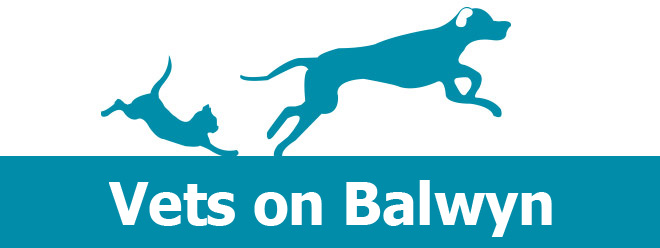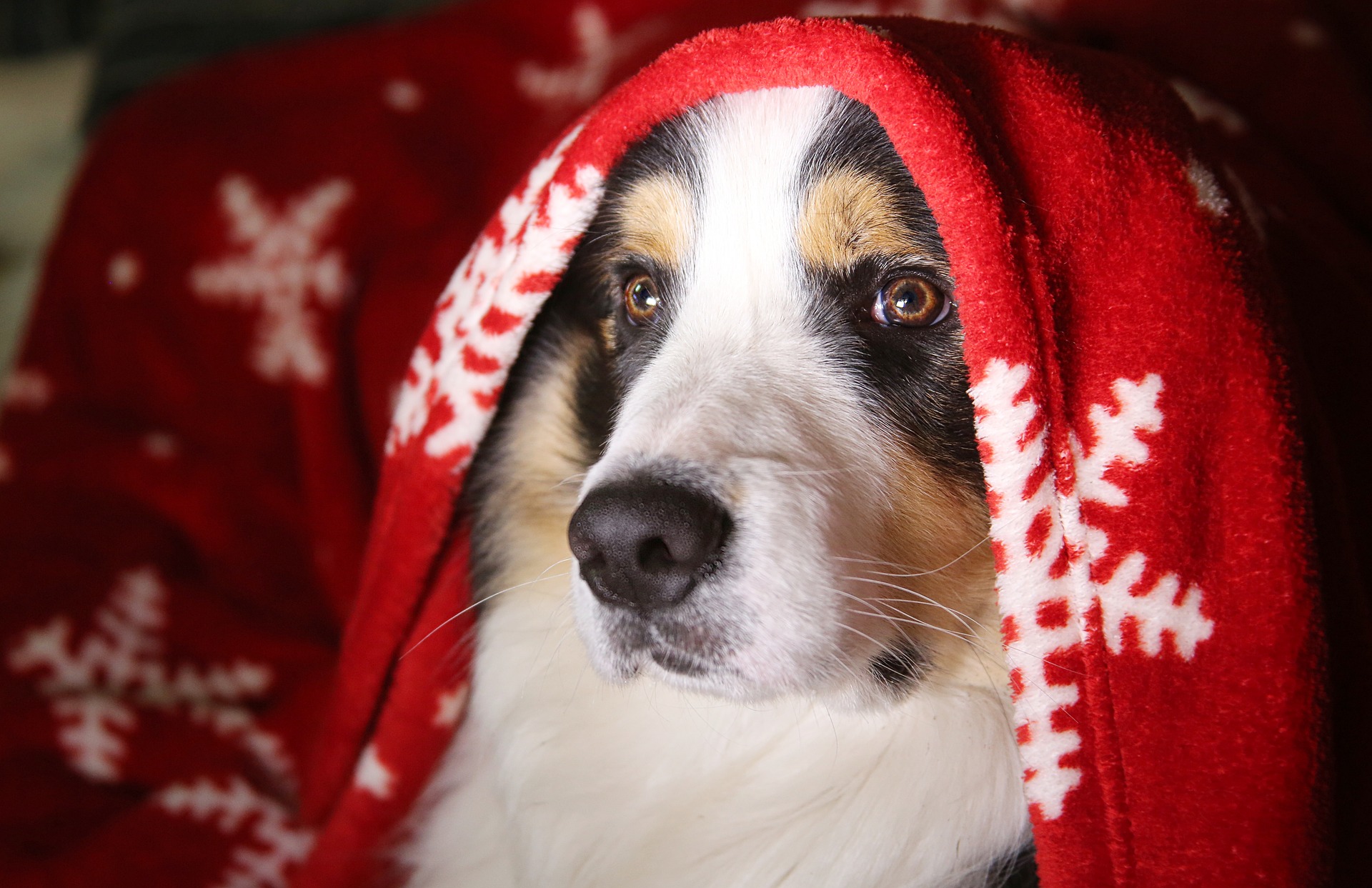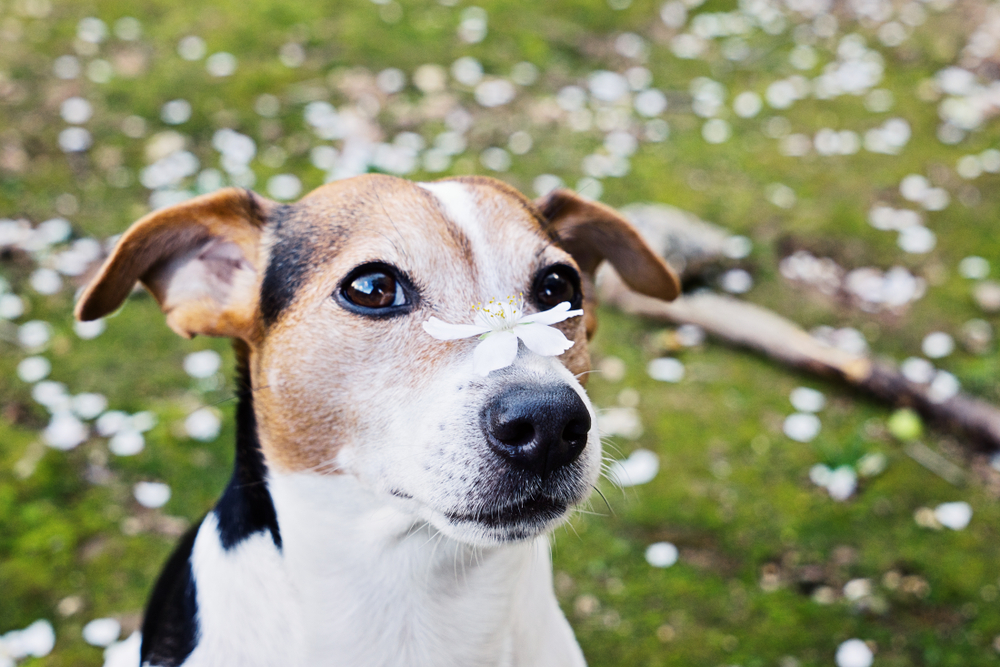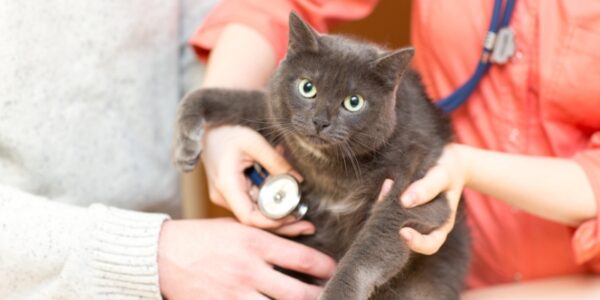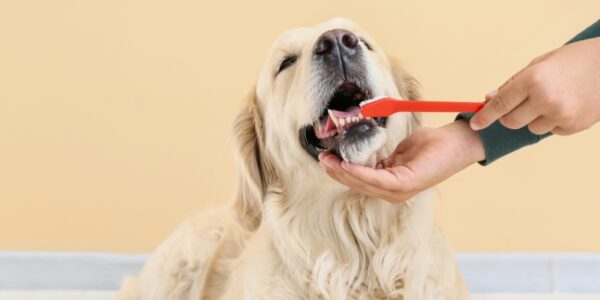We’d like to help make sure your pet stays happy and healthy this silly season so here’s a list we’ve compiled of the ‘Twelve Pet Hazards of Christmas’:
Christmas can be a risky time for your pet. There is usu...
Read More
Category: Uncategorized
-

-
 Spring season is allergy season for pets so keep an eye out for skin irritations and inflammation, excessive scratching and respiratory issues. In particular, we want to highlight three types of allergies which l...
Spring season is allergy season for pets so keep an eye out for skin irritations and inflammation, excessive scratching and respiratory issues. In particular, we want to highlight three types of allergies which l...
Read More -
 Snakes! As we are heading out to enjoy the warmer weather, so are the snakes that we share our parks and river areas with. Snakes seek out warm places to sun themselves as well as an ongoing supply of food a...
Snakes! As we are heading out to enjoy the warmer weather, so are the snakes that we share our parks and river areas with. Snakes seek out warm places to sun themselves as well as an ongoing supply of food a...
Read More -
 October to March is snake season in Melbourne – our pets are most at risk from tiger and brown snakes. To avoid you or your pet being bitten: Control mice and other vermin which may attract snakes (but be very...
October to March is snake season in Melbourne – our pets are most at risk from tiger and brown snakes. To avoid you or your pet being bitten: Control mice and other vermin which may attract snakes (but be very...
Read More
